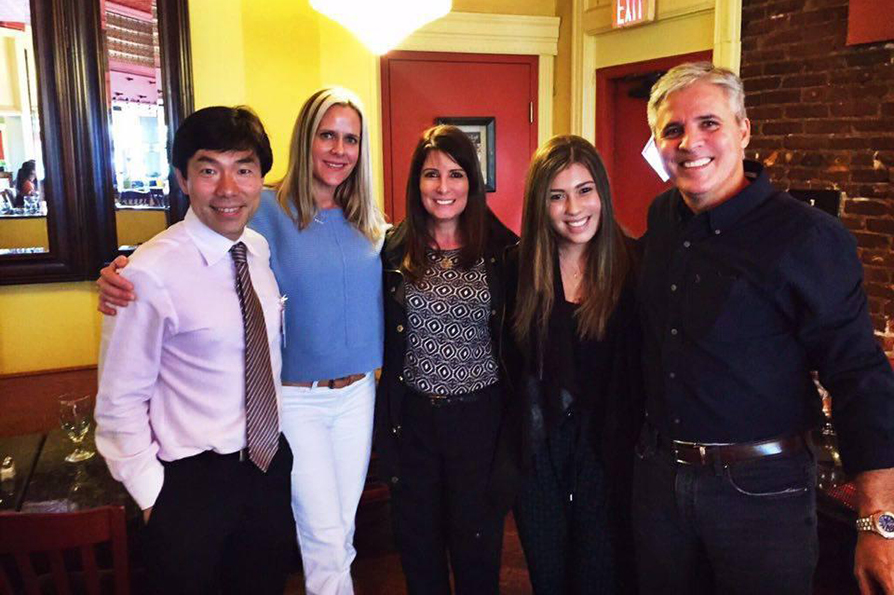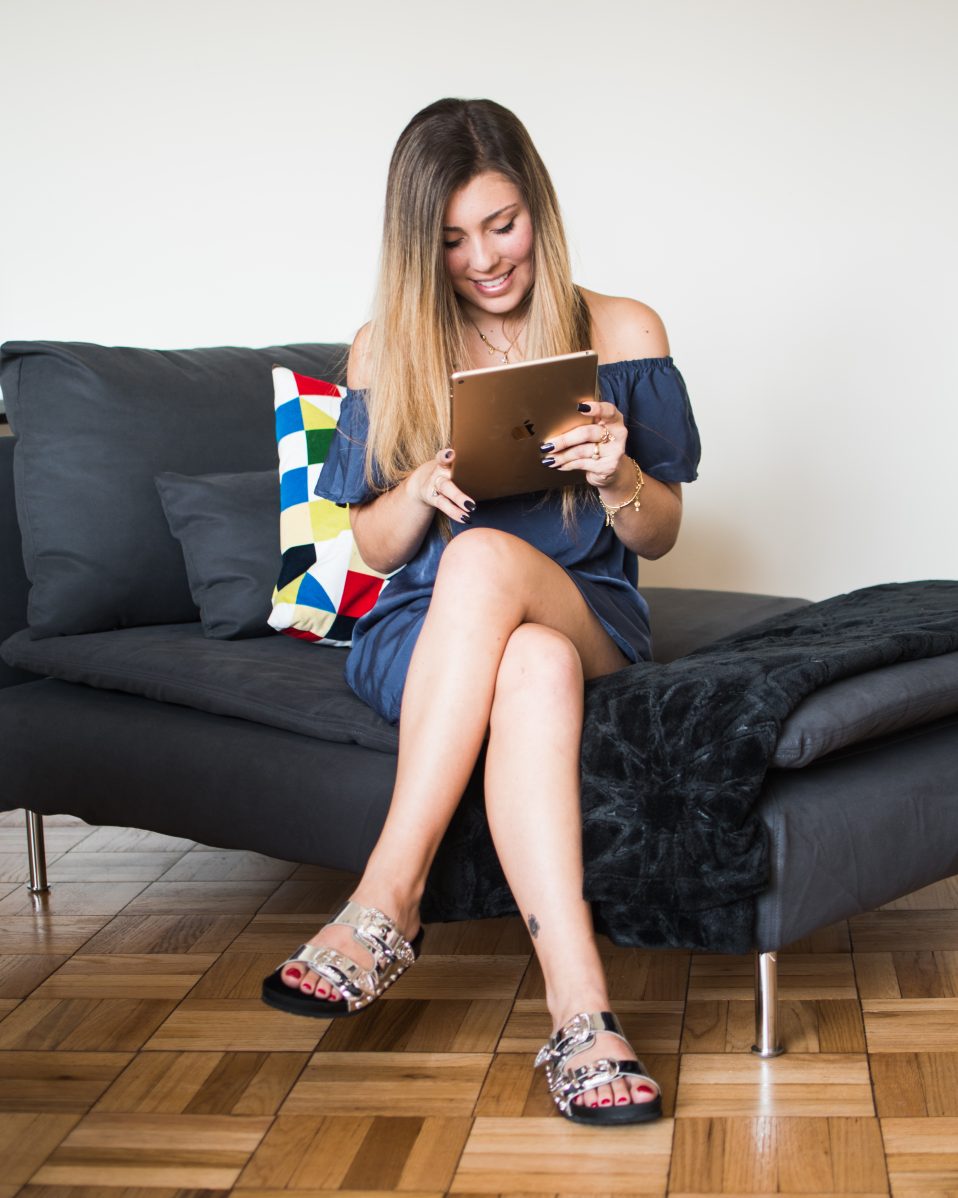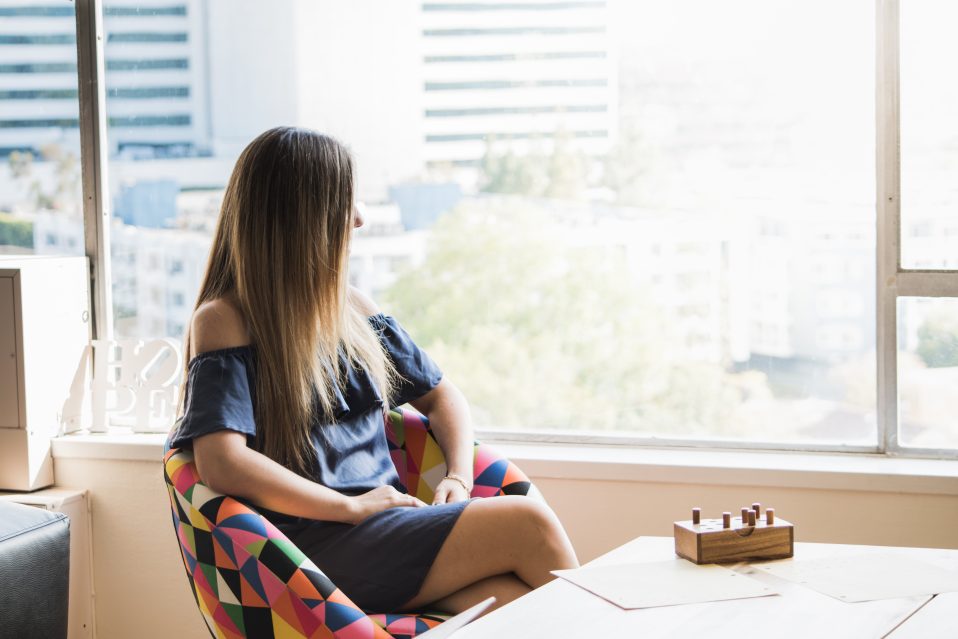Psychiatric symptoms are very common in Wolfram syndrome patients.
Researches on WS report that, many times, suicide attempts happen impulsively, in a moment of feeling extremely unhappiness. Changes in character, mood and variable in expression are also considered a consequence of WS gene.
As a Wolfram patient, I have already witnessed situations of depression. Unfurtunately this is very hard, but we are here to help each other and to be stronger together to face this battle.
The happiness might walk next to this terrible and serious ilness.
Together we are unbeatable!
About Depression
Visit to St. Louis
Certainly, St. Louis has become an extremely important city in my life because it is where I met people who welcomed me with love and open arms. These people struggle fiercely every day for a cause that, unfortunately, affects me and people they love.
Well, who am I talking about? Before paying a tribute to Dr. Fumihiko Uranus, I would like to tell you this story from the beginning. My neurologist from Porto Alegre, Doctor André Palmini, had been communicating via email with Doctor Fumihiko about my case for a few months. He has been conducting a medical research on Wolfram Syndrome in the city of St. Louis since 2010. I had never imagined getting such a warm-hearted response from an American doctor. One week after my first contact with him, we scheduled a “Skype meeting”, and once again I was surprised by an extremely helpful and available person, who spent about 40 minutes on Skype with me during a busy weekday. After signing the registration to participate in his research and exchanging many e-mails, we scheduled a meeting in St. Louis for May.
In the midst of all these events, my father told me about a foundation in St. Louis called The Snow Foundation, founded by the mother of an 11-year-old girl with the syndrome. I got very interested, I thought we could meet, exchange experiences and, in a way, help each other. So I went to the Snow Foundation site, looked for a contact email, wrote my history and in less than a day I received an answer from the founder herself, Stephanie Snow Gebel, an incredibly caring and friendly person. We agreed to have lunch in St. Louis so we could meet and exchange ideas.
You might have an idea of how I was feeling when I woke up on May 9, right? The day of the meeting with doctor Fumi and lunch with Stephanie! My parents and I woke up earlier than necessary and when we went downstairs to the hotel lobby, there he was, half an hour early. Immediately I introduced myself and introduced my parents, and then Leticia came, a Brazilian psychologist who was studying in St. Louis and who helped us during this great day.
We went all have some coffee and a very nice conversation that lasted about 30 minutes. Soon after, doctor Fumi took us to Washington University where his office and research lab are located. When I got there, there were butterflies in my stomach. Photos of other patients with Wolfram on the wall graced the office, so I felt comfortable. That’s when I thought “yes, I’m part of this group”. For about two hours, we talked and discussed many possibilities. My parents and I, Fumi, Doctor Palmini on Skype, Leticia helping out as well, everyone debating which way would be best for my health. But, yes, everyone said: “The final decision is yours, Rafa.”
Afterwards, we all went to the “Wildflower” restaurant to meet Stephanie.
When we arrived, she was already waiting for us, a beautiful, strong and heroic woman, who received me affectionately. We talked a lot, I told her about my treatments, my experiences, my problems. And she told me about Raquel, her beautiful and courageous 11-year-old daughter, who faces many daily difficulties as a result of Wolfram. It was a wonderful experience!
Fumi and Stephanie introduced me to many people from the Wolfram family, including two Brazilians. Steph also introduced me to Pat Gibilisco, who included me in the WS Families group, where I was received in an incredibly warm way and I got to know different stories around the world. There are so many WS Families who live similar realities, who face similar difficulties, though each one has its own particularity. Like Steph said to me: “We are all in the same boat, but it is a good boat to be in because everyone is so supportive, caring and we all are empathetic”.
My History with Vision Loss
I remember when the teacher put me in the back row of the classroom because of the seating chart which dictated where each student would sit in class. It was from then on that I began to notice my visual difficulty, since I could not see the board sitting at the back of the room. I would ask the teacher, when I had to copy something important from the board, to sit closer and then everything would become clearer to me.
One day, when my father took me to school, I asked him to come up to the classroom with me and showed him where I was supposed to sit. I said: “Father, from here I cannot see anything written on the board.” He looked at me and said, “From here, daughter? It does not seem to be a very big distance”. At that moment, I was a little nervous.
Knowing that one of the manifestations of Wolfram Syndrome is loss of vision, my parents sought help. It was researching on the internet that they found the neuro-ophthalmologist doctor Alfredo Sadun in Los Angeles who had conducted a study to stabilize vision loss in patients with optic nerve atrophy. In November 2012, we went to consult with him who confirmed the bilateral optic atrophy diagnosis.
I can say that my life changed a lot after this diagnosis. At school, for example, I began to have a lot of trouble keeping up with the classes. I could not see the board, could not read the books or do the activities and quizzes on sheets with normal-sized fonts. Gradually, I adjusted, downloaded the books to my tablet, took pictures of the materials on the board to transfer to the computer at home, and my evaluations were written with larger fonts. But, despite the efforts of my teachers, the school, my parents and my own, it was not enough to help me adjust to classes with vision loss, diabetes, hearing loss, and other problems related to the syndrome. My last year was very different; I did not attend classes at Farroupilha School. I used to go to a place where I had classes with tutors every day. These classes were either using tablets or computers with big screens. It was a very good and productive year, because I did not have to make an effort to see anymore. In November 2015, when we went to Los Angeles, the researcher checked my exams and concluded that my vision loss had stabilized. With the loss of vision, during these last four years, I have learned to pay much more attention to everything I see and to find everything more beautiful and joyful, for although I see blurs on the leaves of the trees, I can transform them on beautiful green leaves.
My History with Hearing Loss
What takes a 13-year-old to accept and believe that she has a hearing loss? At first I thought I had deficit of attention and that when someone talked to me and I did not understand, it was because I was distracted. Until these “distractions” became more frequent and caught my parents’ attention. Deep down, I knew something was wrong with me, but I did not want to accept it. I had a certain kind of “prejudice”, I did not want to imagine myself using a hearing aid. Eventually my parents convinced me to take an audiometry test (an exam that aims to assess the patient’s ability to hear and interpret sounds). And then the reality was there: bilateral sensorineural hearing loss of 40 decibels. I could no longer deceive or hide from myself my own problems.
I remember the first time I tried the hearing aids. I went with my father to Carlos Gomes Avenue to test the noise in a busy place and I was shocked. I could listen to everything! The sound of cars, motorcycles, people walking and talking, I opened the biggest smile at the same time.
Today, I am completely dependent on the devices, which have given me self-assurance and self-confidence. If I’m left without my “puppies”, I’m completely lost, it seems as if a part of me is missing.
My History with Diabetes
There I was, a small 4-year-old child, lying in a hospital bed. Lost, afraid, anguished, and without understanding what was happening to me and around me, I just sought to look at my parents and seek reassurance.
The days went by in the hospital, and I understood a little more of what was going on. I already knew that I could not eat sugar, and I was getting used to the daily insulin injection, finger pricking, and the number of people coming to visit me.
After I left the hospital, my life has never been the same. I say that every stage of diabetes was a personal growth.
I was no longer the child who only cared about not missing the favorite cartoon on TV, but also had to remember to measure my blood glucose at the right time, administrate insulin after eating, change the catheter on the right days, and regulate my eating. Of course I have always had the help of my parents; I will never cease to thank them.
But over the years, I have become more and more independent and today I am very proud to say that I have traveled without them to many places and I have even participated in an exchange program. This is a great achievement to me.
My diabetes has gone through different types of treatment. As soon as I left the hospital, I used to take insulin injections every time I ate or had very high blood glucose. Then I took two small injections daily, one in the morning and one in the evening, always monitoring my blood sugar. By the age of six, incredibly, I started using the insulin pump, which was only recommended for 12-year-old children. Fortunately, I adapted very well to the so-called “my little box”, since I no longer needed injections, got insulin twenty-four hours a day and only changed a catheter every five days. Then, four years ago, the last discovery that changed my life came: a new insulin pump called “OmniPod”. Thanks to this little pump, I could live more independently, I learned to change the catheter on my own, which my mother used to change and administer the injections, then I could travel, spend more than five days away from my parents and stay as much as I wanted in the pool or in the sea! In addition, I gained a lot in quality of life and my diabetes became much more controlled.
Now here I am an eighteen-year-old girl who, looking back at that frail four-year-old, could never imagine that she would become a strong, independent, self-confident person.



 Português do Brasil
Português do Brasil




